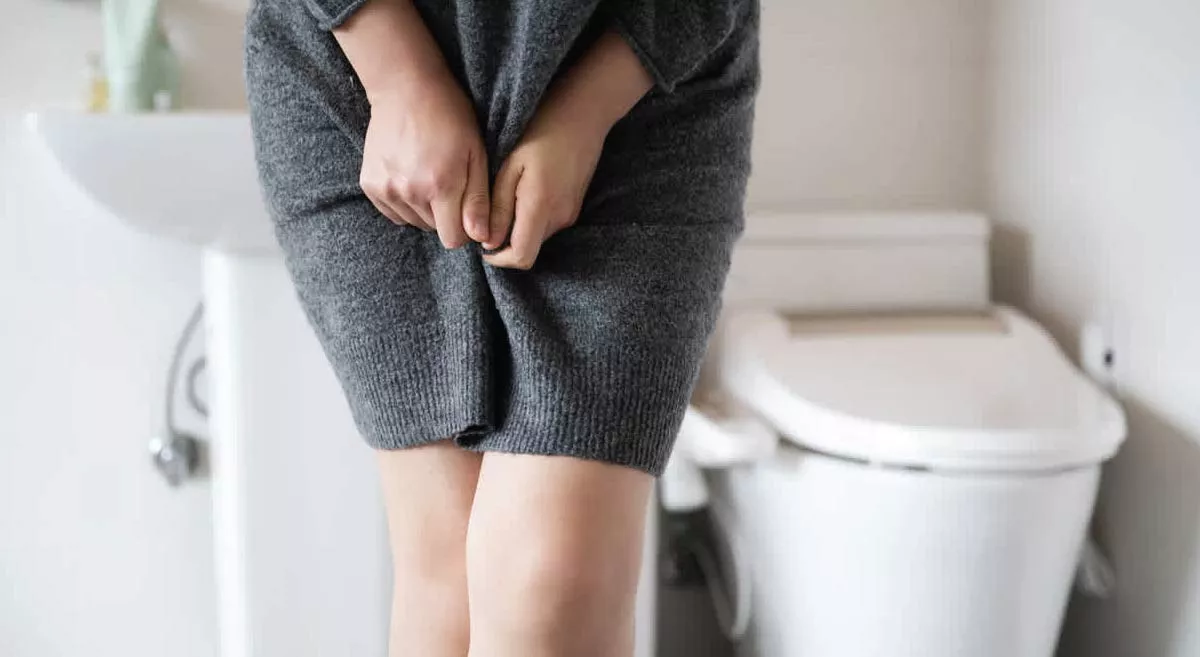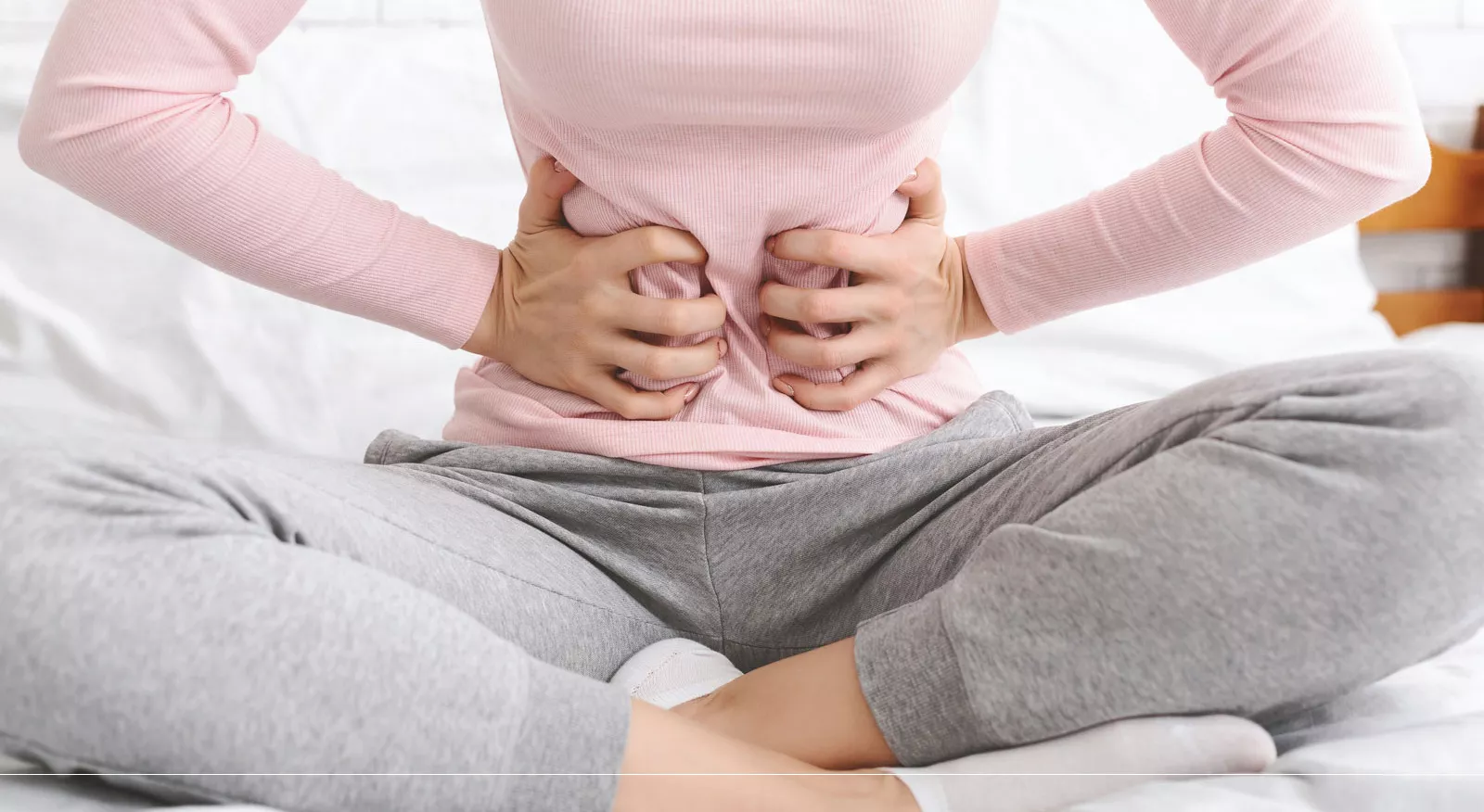Urinary incontinence (UI) is a common yet often under-discussed condition affecting millions of women worldwide. As a gynecologist, I frequently encounter patients who are hesitant to address their urinary issues, despite the significant impact on their quality of life. It is essential to understand the types, causes, and treatment options available for urinary incontinence.
Types of Urinary Incontinence
There are primarily three types of urinary incontinence:
1. Stress Incontinence: This is the most prevalent form among women, occurring when physical activities such as coughing, sneezing, laughing, or exercise put pressure on the bladder. The pelvic floor muscles weaken due to factors like pregnancy, childbirth, obesity, and aging / menopause.
2. Urge Incontinence: Characterized by a sudden and intense urge to urinate, this type occurs when the bladder muscles contract involuntarily. It can be associated with conditions like urinary tract infections or neurological disorders.
3. Mixed Incontinence: As the name suggests, this type combines elements of both stress and urge incontinence, making it a complex condition requiring a multifaceted approach to treatment.
Causes of Urinary Incontinence
Various factors contribute to urinary incontinence in women. Hormonal changes, particularly during menopause, can weaken pelvic floor muscles. Childbirth, especially vaginal delivery, can lead to damage in pelvic structures. Obesity also increases abdominal pressure on the bladder, exacerbating symptoms. Additionally, certain medications, medical conditions like diabetes, and lifestyle choices such as caffeine consumption can contribute to incontinence.
Diagnosis and Treatment
A thorough assessment is vital for diagnosing urinary incontinence. This includes a detailed medical history, physical examination, and possibly bladder diaries with urodynamic studies to understand bladder function.
Treatment options vary based on the type and severity of incontinence. For stress incontinence, pelvic floor exercises can strengthen muscles. Behavioural therapies, such as bladder training, can help manage urge incontinence.
Vaginal laser therapy is a new treatment option for SUI. This procedure is performed through the vagina and ensures quick recovery without the need for analgesics or antibiotics. 2-3 sessions are usually required at monthly intervals at the initial stage, and repeated sessions may be needed.
Although in some cases, medications or minimally invasive procedures, like injections or surgeries, may be recommended.
To conclude, Urinary incontinence is not an inevitable part of aging, and women should not suffer in silence. If you experience symptoms, seek guidance from a healthcare professional. With the right support and treatment, it is possible to manage and even resolve urinary incontinence, allowing you to regain control and improve your quality of life. Empowering women to address this issue openly can lead to more effective treatment and a better understanding of this common condition.























